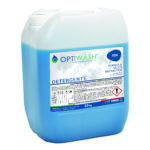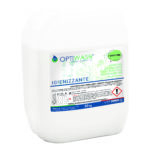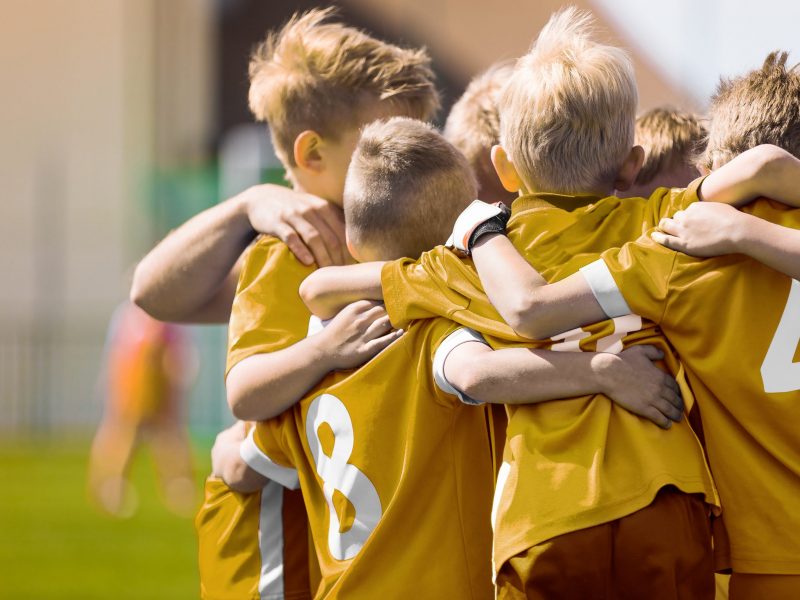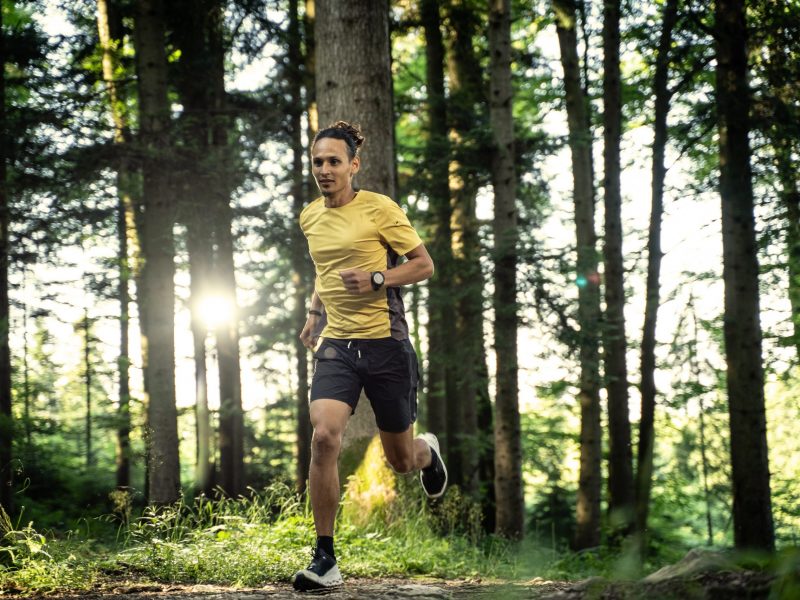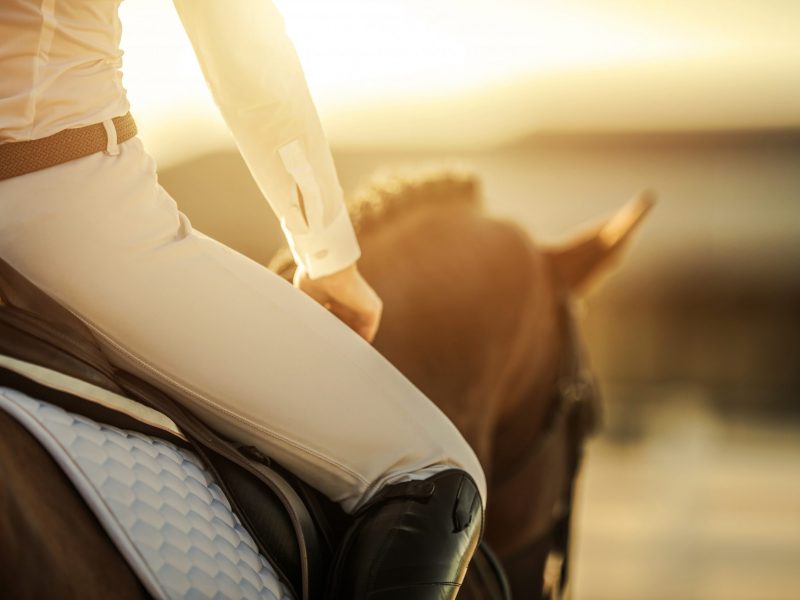Today we talk about sportswear and how to treat it to ensure its durability over time. Cotton shorts and t-shirts have given way to garments made with innovative, technical, comfortable fabrics and yarns.
Trousers, long or short, leggings, sweaters, windbreakers or super light padded jackets, team uniforms, sportswear in general is often subjected to treatments that make it breathable or waterproof, stretch, metallic style, sometimes waxed.
It is therefore essential to treat the garments in the right way in order not to alter their technical characteristics and to ensure their durability. Bad washes, over time, can ruin even high quality sports garments.
It is often thought that to remove the stains that most commonly attack sportswear, grass, mud, blood and sweat, is necessary a strong treatment at high temperatures and with aggressive detergents and that the technical fabric can safely withstand the stress to which it is subjected, but it is not so.
A proper washing cycle is the one that combines time, temperature in the right way and that uses the right detergent that is able to remove stains by acting gently on the treatments that cover the fabrics.
IMESA suggests the OPTIWASH ACTIVEWEAR cycle at 40 ºC, with the three basic phases of a cycle: washing, rinsing and spin at 700 rpm. Avoiding pre-washing saves time and water, while the low temperature saves energy.
The products used are the Deo Detergent multienzymatic TEN and the additive OXYE TEN. The softener is not used because it may interfere with the removal of sweat and promote the formation of odors. Softener can also damage the protective coating of fabrics, such as waterproofing.
The sports clothes can be exceptionally dried in the dryer at very low temperature but, being made of polyester, nylon or mixed material, it is recommended not to iron them, they could get damaged.
